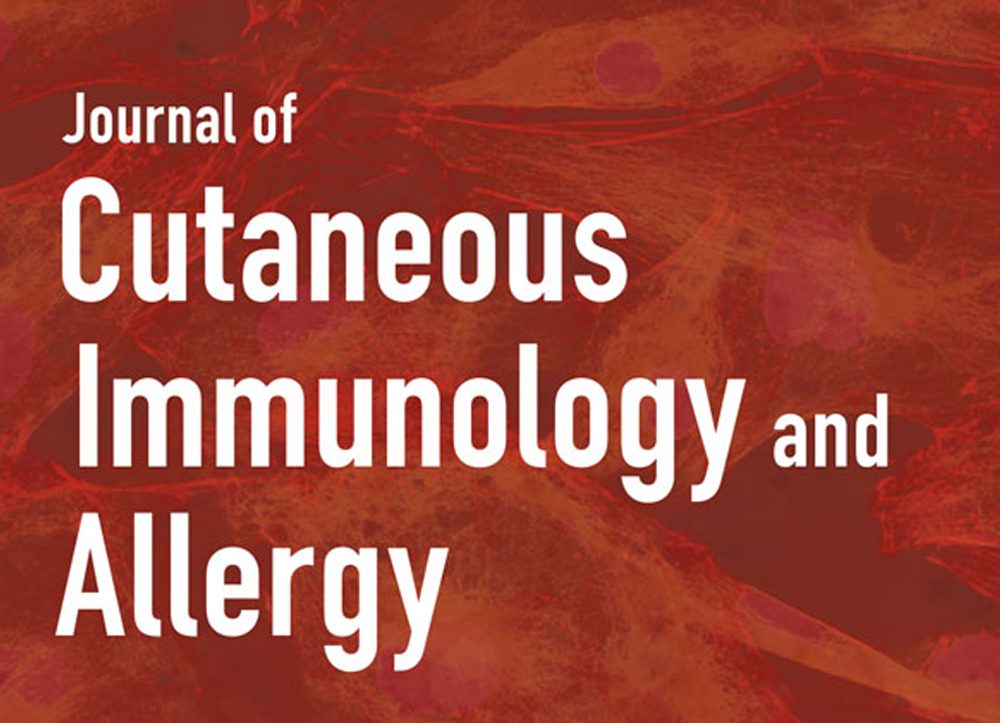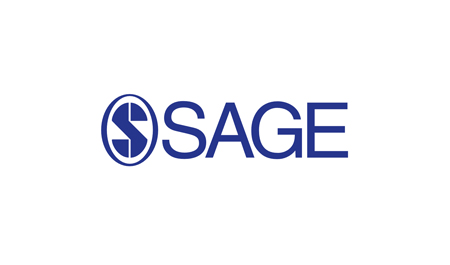Abstract
Introduction: Fluorescence imaging has become a method for bacterial visualisation in chronic wounds for the last few years. MolecuLight i:X (MolecuLight, Inc, ON, Canada) is a handheld device, which enables quick diagnostics to determine both the type and location of pathogens present in the wound and on the skin. By means of fluorescent light illumination the tissues populated by pathogenic bacteria emit red or cyan fluorescent signatures, depending on the type of the pathogen: red fluorescence signal is emitted by Staphylococcus and Escherichia coli among others, while Pseudomonas aeruginosa produce cyan fluorescence. The fluorescence image also presents the spatial pattern of bacterial load, which creates bacterial mapping of the wound and may be used by a clinician for targeted sampling or debridement, among others. Aim: This study presents the method of microbiological fluorescent imaging and two case studies of patients with venous leg ulcers. Material and methods: In both cases, the sample for microbiological testing was obtained by means of a swab stick. Results: The results obtained from fluorescent imaging showed moderate-to-heavy bacterial load, which corresponded with the results from microbiology laboratory. Thanks to quick diagnostics with the use of MolecuLight i:X device, instant implementation of targeted topical actions such as wound hygiene, skin disinfection, appropriate dressing choice and curative treatment among others was possible. Conclusions: Our observations are consistent with the reports from other facilities.
Back to All Clinical Evidence
Detection of Bacterial Burden, Chronic Wounds
Fluorescence – modern method of the diagnosis of chronic wounds on the example of venous leg ulcer
Quick detection of elevated bacterial burden enabled instant implementation of wound hygiene, skin disinfection, appropriate dressing choice and curative treatment was possible















